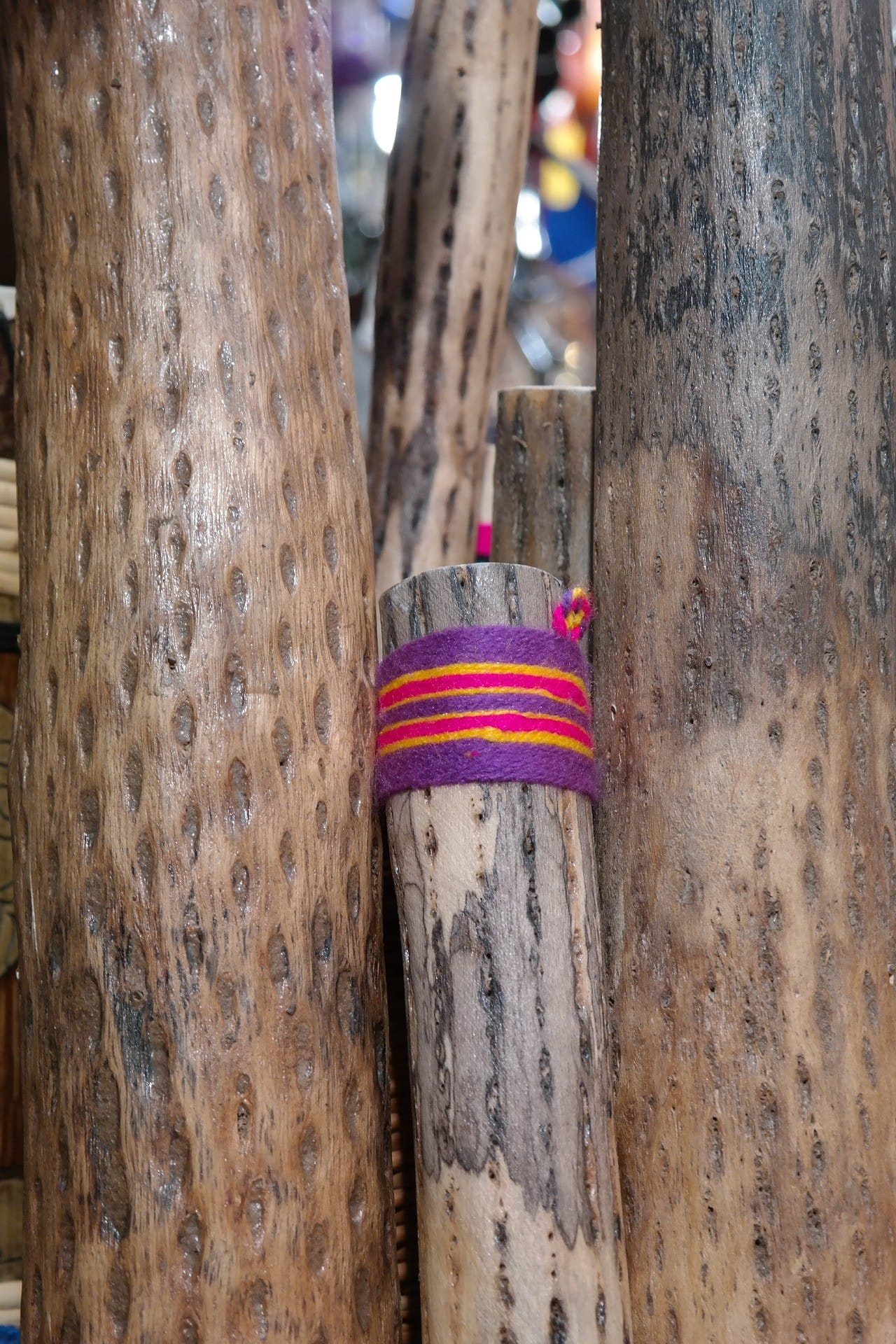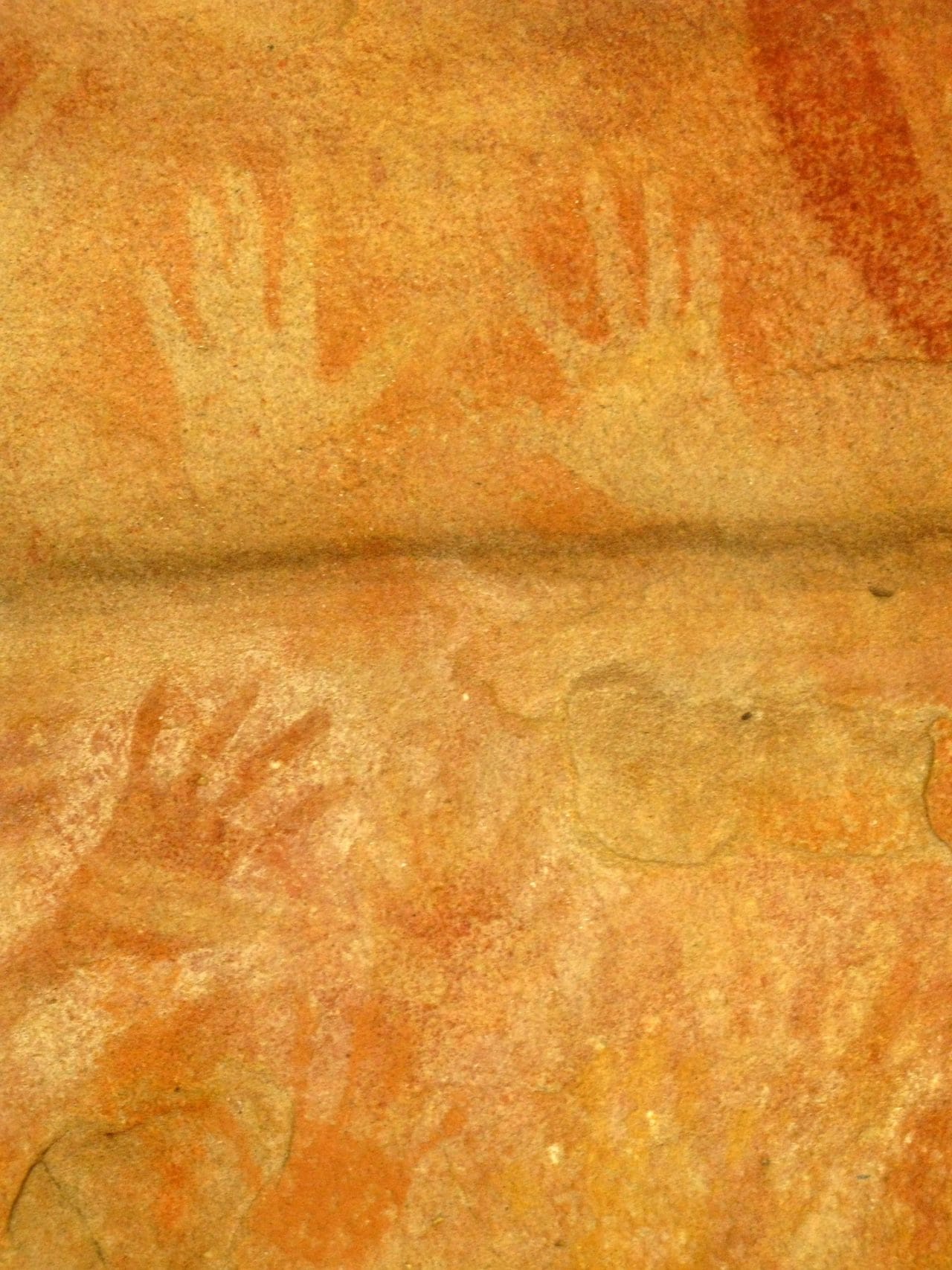The Story Behind Australian Aboriginal Flag and The Significance Of Its Colours
The Australian Aboriginal Flag and the significance of its colours tell us an amazing story of solidarity and symbolism. Flags remain an integral part of any country’s or nation’s identity, worth and symbolise its people, ethnicity, and civilisation. Flags display much more than just a piece of fabric. It illustrates unity, history, power, countries, philosophies, lifestyle, and uniqueness from others. Flags (see conservative flags)play the foremost and most significant role in the possession, rebellion, resistance, and owning of a nation. Every flag carries a unique history, and spirit story, and comprises powerful and deep hidden meanings.
Like many other flags, the Australian Aboriginal flag displays a struggling history and deep meaning behind its composure and colour. Like every other flag, this one made its way among the best flags of the world, in Australia, both legally and politically. The history, significance, and meaning behind the colour and composure of the Australian aboriginal flag show the following.
1. The Designer and Idea of The Australian Aboriginal Flag
Harold Thomas, a northern Australian Aboriginal and a 1969 graduate of the South Australia School of Art designed the flag. He caught the idea of designing the aboriginal flag while attending the National Aborigines Day march, where he saw the Union Jack flying high in the middle. Later in 1971, when he worked at the Museum of South Australia, he also carried out the design of the aboriginal flag. After several failed attempts and many imperfect designs, he settled on this present-day aboriginal flag. Representing the Australian aboriginals all over Australia and globally.
Read More:
10 Great Locations to Buy Aboriginal Art in Australia
2. Aboriginal Flag: Design, Colour and Arrangement
They designed the flag using a simple approach, but it holds a deep and powerful meaning behind its simplicity. The flag reflects every aspect of Aboriginal culture and civilisation. The designer made the division of the flag in two parts, the horizontal and the centre. The upper portion contains black colouring and the lower one is red. A yellow circle sits in the middle of the flag.
3. The Meaning Behind the Color and Composure of the Aboriginal Flag
The flag holds elements of purity, influence, and symbolises the existence of Australian aboriginals. The meanings behind the elements of the flag are:
- Black upper rectangular portion- The black colour represents the aboriginal people of Australia. They used this colour to display power and pride into being black.
- Red lower rectangular portion- The red colour stands for the red soil of the earth, their land, and the red ochre. They commonly use red ochre in their ceremonies, rituals, and artworks.
- A yellow circle in the centre– this yellow circle represents the sun. It carries a very spiritual and religious value as the protector and life-giver.
All these colours make up a major part of Aboriginal culture and civilization. The reason that Thomas told for putting black on top is to show that the aboriginal people walk on their red earth with pride and confidence.
4. Manufacture, Display, and Conduct of the Australian Aboriginal Flag
Australian Aboriginal Flag and the significance of its colours provide much more than just the design. They should fly the flag with the black portion on top and the red at the bottom. The remaining queries regarding when, where, and how to raise the flag falls with the Commonwealth Flag Officer. Also, the 3-5 National Circuit, and Department of Prime Minister and Cabinet. They gave the manufacturing and publicising license to Carroll and Richardson Flagworld acted as the designer.
Read More: The State of the Aboriginal Community in Australia
5. The Australian Aboriginal Flag’s Journey to Popularity
The Australian Aboriginal flag first flew with pride at the Victoria Square in Adelaide at the National Aborigines Day on July 12th, 1971. From there, this flag gained immense appraisal within the aboriginal community and later in 1972, the flag made its way to the Aboriginal Tent Embassy. As this embassy worked for the aboriginal community of Australia, soon every aboriginal Australian got united under this flag.
They use the flag to develop a sense of pride and build their communities. They made this flag as the official flag of the embassy and in the same year; it was flying high at the top of the embassy. Soon, the flag became a headline on both the local and international media as a new figure for the aboriginal identity.
6. Historical Moments
Among the many historical moments related to this flag, the story of Cathy Freeman remains at the top. She took part as an athlete in the 1994 Commonwealth games. After winning a 400-meter sprint race, she waved both the official and the aboriginal flag of Australia. This created a breakthrough in the media and among the officials. She received a lot of criticism because of her actions, but at the 2000 Olympics, she again waved both flags.
In 1977, Newcastle City supported the aboriginal flag for the first time and became the first Aboriginal flag raising council of Australia. In 1988, in one of the largest protests in Australia, this flag flew as a prominent figure of individuality, rebellion, and resistance.
During the same year, a Susan Dorothea painting “The First Supper” featured an aboriginal woman wearing a t-shirt printed with the aboriginal flag. There are many stories regarding the aboriginal flag fame and popularity contributing their role in the historical moments of the flag.
Read More: Top 10 Archaeological Sites in Australia
7. Acceptance of the Australian Aboriginal Flag
The growing popularity, pressure, and support of people towards the aboriginal community and the flag, pressured the Commonwealth to issue it legal recognition. Later in 1995 under the Flags Act 1953, on July 14th, 1995, the state declared the aboriginal flag as one among the “Official Flags of Australia”. In 1977, they recognised Harold Thomas as the official author of the Australian aboriginal flag by the Federal Court.
8. Exclusive Rights of The Australian Aboriginal Flag
After being declared as an official flag of Australia, they gave the aboriginal flag the exclusive right under the Copyright Act 1968. This means the flag received protection and only allowed for use by official permission from Harold Thomas. Remember this copyright rule does not state any permission to fly the flag.
Australian Aboriginal Flag And The Significance Of Its Colours: Conclusion
The Australian Aboriginal Flag and the significance of its colours gained popularity and respect by an immense struggle. It made its way among the official by the continuous efforts of thousands of people year after year. The flag owes much more to the people, their basic rights, and their land rights that became the fundamental reason behind the aboriginal flag movement.
References
1. https://www.naidoc.org.au/about/indigenous-australian-flags
2. https://www.flagworld.com.au/aboriginal-flag-colours
3. https://www.welcometocountry.org/aboriginal-flag-history/
4. https://www.aboriginalart.com.au/culture/aboriginal_flag.html

Main Image Source : Pixabay












